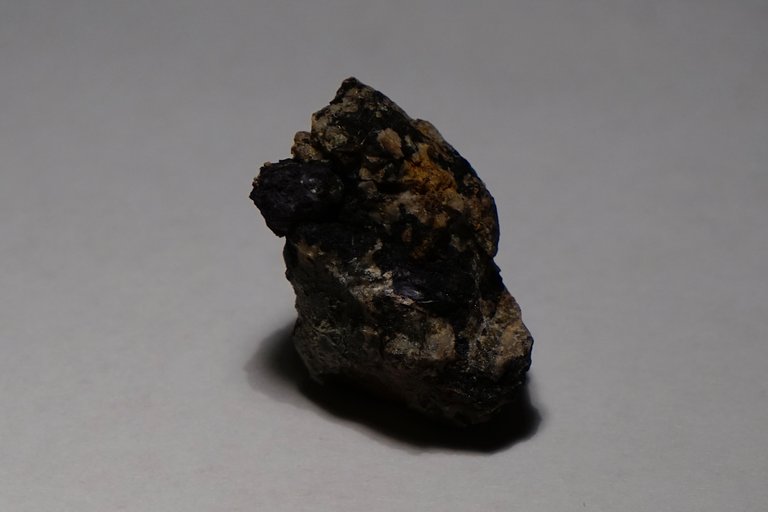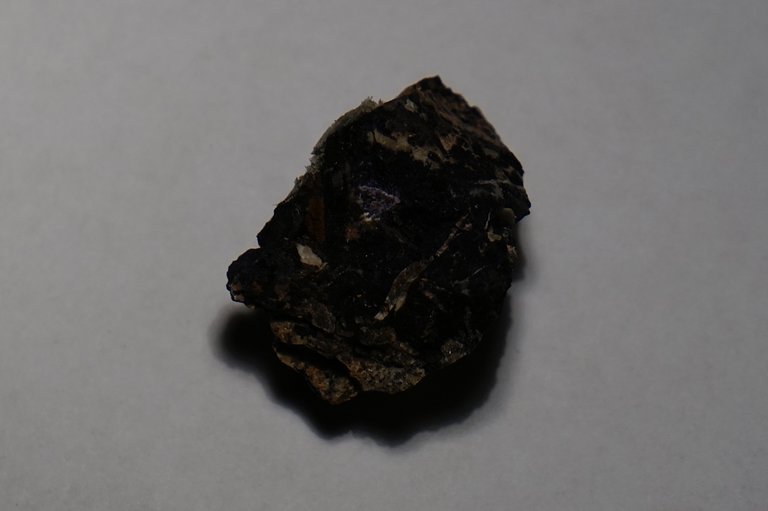Clinoclase Mineral
Hey dear community, I hope you are all well and your day is full of positive experiences! In this post, I would like to talk a little about minerals and hope you are able to expand your knowledge.
You can see here an interesting-looking specimen of Clinoclase, which is a rather rare mineral that was first found near Cornwall and has been documented at about 100 locations to date. The English Cornwall is a very historical place when it comes to the mining of minerals and has played a very special role when it comes to the mining and trade of pewter and if you want to learn more about it, I can recommend this article from me here where I have already gone into more detail about this historical place. It was named by the mineralogist Johann Friedrich August Breithaupt (1791 - 1873) who, after more detailed research, had decided to name it after the Greek words klineis for to incline and klas for break, which refers to the property of the fissionability. The fascination of this discovery quickly also awoke other mineralogists and it was probably already found before and at the same time by other people and published under different names until the middle of the 19th century, where it was named by Breithaupt. Clinoclase is typically formed as a secondary mineral by oxidation in copper-containing deposits and the high content of copper is decisive for the typical green color, which can sometimes take on also black tones, as can be seen in this specimen. It is usually found together with other copper-containing minerals and the content of copper is often over 50% and it is therefore theoretically also suitable as ore, but is not specifically mined for it because of the rarity and is accidentally used as ore together with other copper-containing minerals. Clinoclase is particularly popular in the circles of collectors, but it is important to note that it is a toxic mineral due to the arsenic compounds and should always be stored in closed containers and the influence of heat can cause toxic vapors.
Thanks a lot for stopping by and I hope you could learn something new about minerals! I captured these pictures with my Camera Sony Alpha 6000 plus 55-210 mm lens!


Congratulations @elevator09! You have completed the following achievement on the Hive blockchain And have been rewarded with New badge(s)
Your next target is to reach 16000 replies.
You can view your badges on your board and compare yourself to others in the Ranking
If you no longer want to receive notifications, reply to this comment with the word
STOPTo support your work, I also upvoted your post!
Very nice to know about it.
Glad that you could learn something new dear @qwr
Quite useful information
Happy that you could learn something new!
https://twitter.com/lee19389/status/1767638876053516337
#hive #posh
I so much love the quality of this mineral I must confess
Thanks a lot for your feedback @biyimi
The color of this stone is very different and very beautiful, so I like to learn more about its history.
Happy that you were able to learn something new about minerals
Thanks alot dear.
This is really one of the quality mineral that really needs to be managed
Thanks for the feedback!
https://twitter.com/adenijiadeshin7/status/1767866640778027414?t=oWde2OijCpD19Hsa2gcrOw&s=19
This mineral is really looking great
Thanks a lot